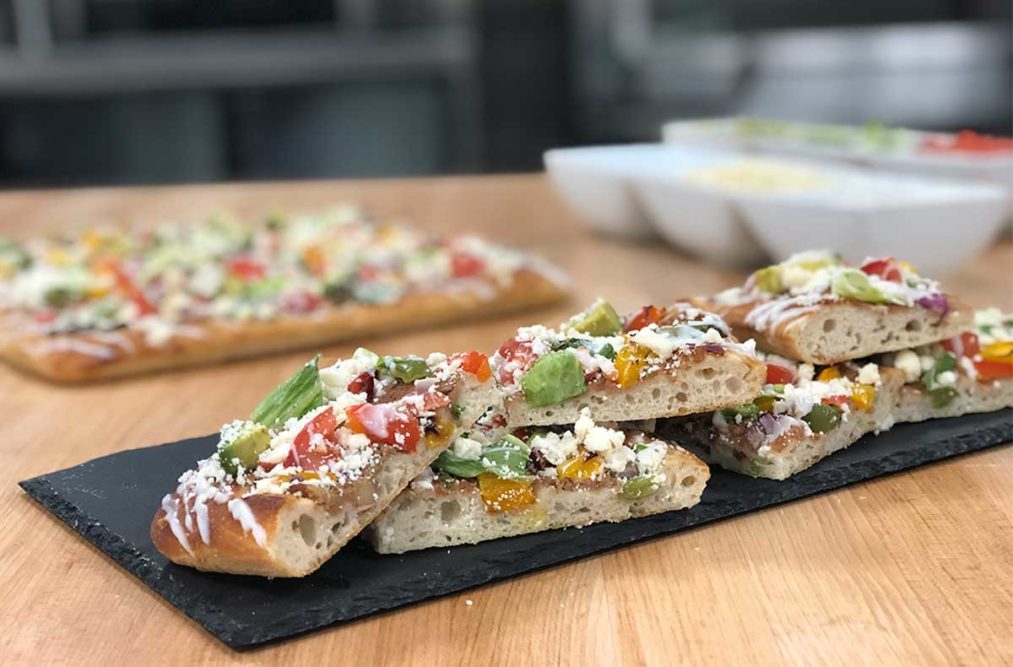When it comes to certain applications, fat is a critical component in baked goods. It can provide structure and taste, texture and mouthfeel. And removing or reducing fat brings challenges to finished product integrity.
“Shortening is a foundational ingredient in many baked goods, contributing the functional benefits bakers need and the sensory benefits consumers expect,” said Tyronna Capers, director of marketing, Bunge Loders Croklaan. “However, it is a source of saturated fat in many finished baked goods.”
Despite health crazes like keto attracting all the attention, demand for reduced saturated fat persists. A consumer survey by Food Insight from April 2020 showed that 63% of survey respondents were trying to limit their saturated fat intake, at least some of the time.
“Consumers know it’s not good for them, and it’s not part of a healthy diet,” said Jamie Mavec, marketing manager for edible oils business, Cargill, of the company’s own research into consumer perception of fats. “We also see from the USDA guidelines for Americans that they still recommend only 10% of calories come from saturated fat. All those things combined drive bakers to continue looking at their saturated fat content and keep it as low as possible.”
Reducing saturated fat holds real consequences to the finished product, and consumers don’t make repeat purchases of baked goods that don’t meet their taste expectations regardless of health claims.
“It’s an intersection between the eating expectations and the logic of what consumers want to read on the Nutrition Facts panel,” said Roger Daniels, vice president, research, development, innovation and quality, Stratas Foods.
Threading this needle is tricky, but it can be done.





